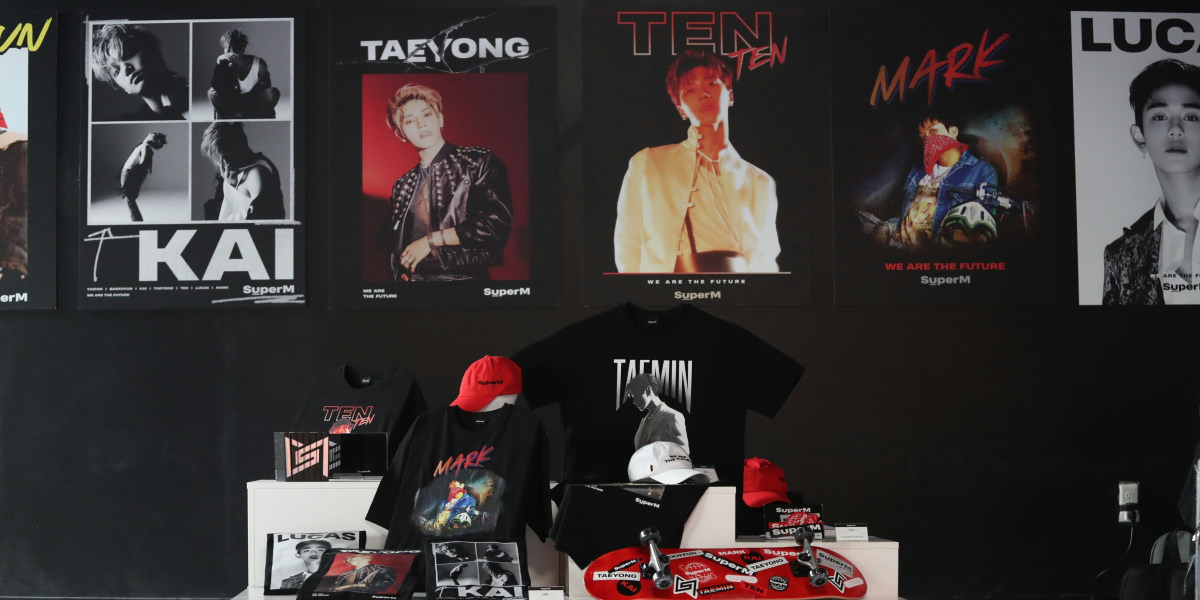K-pop, short for Korean pop music, has transitioned from a niche genre to a global cultural force. Recently, the genre has gained significant traction in the United States, attracting large audiences and creating a unique musical experience. This article delves into the reasons behind the rising popularity of K-pop concerts in the U.S. and what makes these events so captivating.
Why K-pop Music Resonates Worldwide
One of the key reasons K-pop has exploded in popularity is its captivating blend of catchy music, dynamic choreography, and high-quality production. K-pop songs incorporate various genres, including pop, hip-hop, and electronic dance music, making them appealing to diverse audiences. Groups like BTS, BLACKPINK, and EXO have produced anthems that resonate universally, characterized by infectious hooks and sophisticated arrangements. These songs often feature high-energy beats, making them highly memorable and compelling for listeners of all ages.
The Power of Group Dynamics and Performance
K-pop is known for its group-oriented format, where each member has a distinct role—whether it’s as a main vocalist, dancer, or rapper. This diversity allows fans to connect with their favorite idols based on individual talents and personalities. The group dynamic and the chemistry among members create a sense of camaraderie that fans enjoy witnessing during concerts.
K-pop concerts are also famous for their visually striking performances. Meticulous choreography, featuring perfectly synchronized dance routines, adds a visual element to the music. The intricate and energetic routines are a hallmark of K-pop shows, elevating the live performance experience. Fans marvel at the precision of the dancers and the smooth integration of vocals with dance, creating an immersive concert atmosphere.
Fan Engagement and Community
K-pop’s dedicated fan culture, known as “stan” culture, is another factor fueling the success of these concerts. Fans actively support their favorite groups through social media, streaming platforms, and merchandise purchases, building a sense of community. This strong bond between idols and fans is further nurtured during concerts, where interactive elements such as fan chants and meet-and-greet events are commonly included. Fans not only enjoy the music but also relish the opportunity to engage with idols, creating a deeper connection that enhances their concert experience.
The Role of Cultural Exchange
The rise of the “Korean Wave” or “Hallyu”—which encompasses Korean drama, fashion, beauty trends, and of course, K-pop—has made Korean culture increasingly popular in the U.S. K-pop concerts offer a direct experience of this cultural phenomenon, allowing U.S. fans to immerse themselves in Korean culture. Through these concerts, fans gain exposure to Korean language, customs, and traditions, enhancing the global appeal of the genre.
Moreover, language barriers have been effectively bridged. While many K-pop songs feature English phrases, some artists release full English versions of their tracks to cater to global fans. K-pop idols also make efforts to engage with their international audiences by learning key phrases in English, making the concerts more inclusive and accessible.
The Influence of Social Media and Marketing
The widespread use of social media platforms like YouTube, Twitter, and Instagram has significantly contributed to the rise of K-pop in the U.S. These platforms allow K-pop groups and agencies to engage directly with their fans, sharing behind-the-scenes content, music videos, and updates. Fans can interact with their idols in real-time, which builds anticipation and excitement around concert events.
Strategic marketing plays a critical role as well. K-pop groups often plan extensive global tours, ensuring U.S. cities are on the map. These tours are frequently paired with collaborations with Western artists or appearances on U.S. talk shows, which boost the visibility of K-pop groups. This strategic approach ensures that K-pop concerts maintain a global presence and continue to attract new audiences.
K-pop Concerts: A Unique Experience
K-pop concerts are a complete sensory experience. Alongside breathtaking choreography, the concerts feature stunning visual effects, intricate stage designs, and dynamic lighting. These elements create an immersive environment where fans feel fully engaged. The combination of high-energy performances, audience participation, and state-of-the-art production values sets K-pop concerts apart from traditional pop concerts.
The energy from both the performers and the fans creates an electric atmosphere that reverberates long after the show ends. Concert-goers often leave exhilarated, not just by the music but by the sense of unity and belonging shared with other fans.
Expanding the Cultural Reach of K-pop
As K-pop continues to grow in the U.S., its influence on global music trends remains undeniable. K-pop concerts have become not only a celebration of music but also a vehicle for cross-cultural exchange. These concerts provide a platform for Korean artists to showcase their talents and for U.S. audiences to experience a different side of the global music industry.
The future of K-pop in the U.S. looks bright, as more artists and groups expand their reach through global tours and social media engagement. As K-pop continues to captivate new audiences, it will undoubtedly remain a significant force in the music world, bringing vibrant concerts and unparalleled fan experiences to the U.S. for years to come.
Future of K-pop: Expanding Horizons in the U.S.
The growing popularity of K-pop concerts in the U.S. can be attributed to several factors: the catchy, genre-blending music, visually captivating performances, strong fan engagement, and the cross-cultural exchange it facilitates. With continued marketing efforts, strategic collaborations, and a deep connection with fans, K-pop’s impact on the U.S. music scene is poised to expand, creating more unforgettable concerts and strengthening its place in the global music industry.
Published by: Khy Talara















